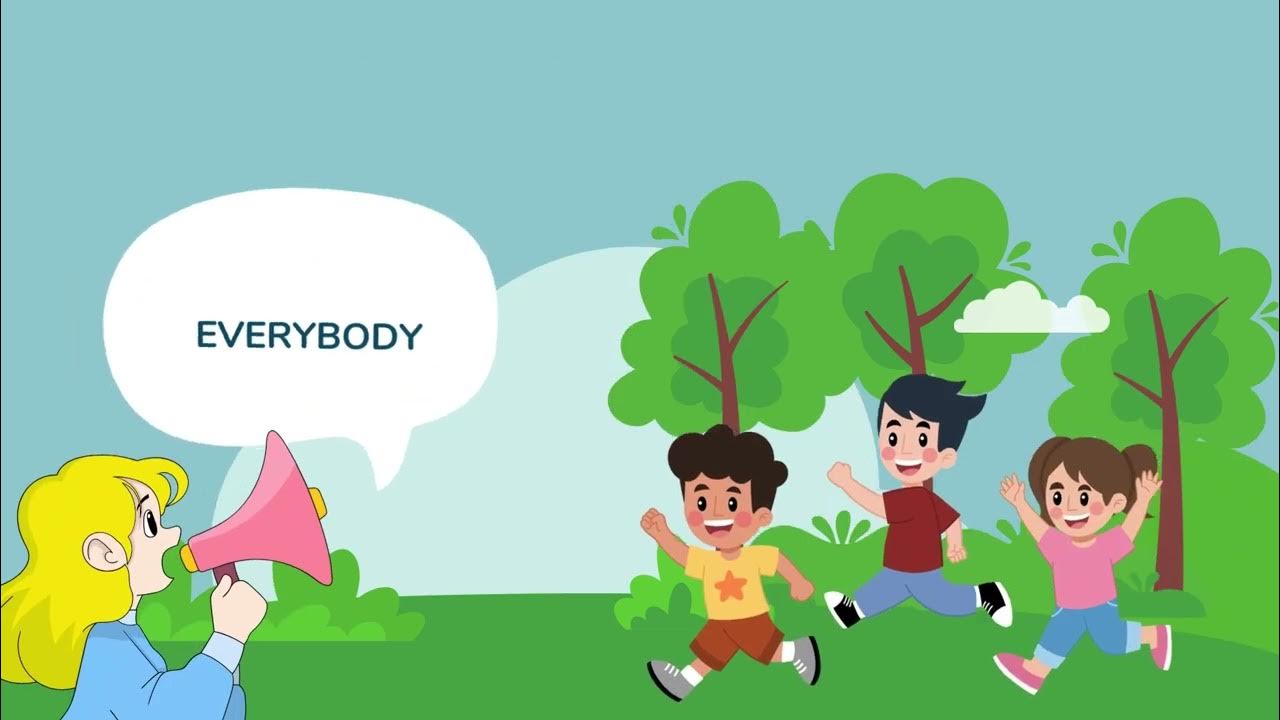#19 Psicologia Generale: Comunicazione Verbale e Non Verbale
Summary
TLDRIn this video, the speaker explores the complexities of communication, emphasizing not just verbal language, but also the significance of non-verbal cues such as facial expressions, body language, and tone of voice. The discussion delves into key theories like Speech Act Theory and Communicative Competence, explaining how communication is a dynamic process involving intent and awareness. The speaker covers the various functions of communication—referential, interpersonal, and more—and highlights the importance of both verbal and non-verbal signals. The video also touches on the semiotics of signs, offering insights into the way humans communicate through gestures, expressions, and symbols.
Takeaways
- 😀 Communication is not just about language, but involves voice interaction, facial expressions, gestures, and body language.
- 😀 The theory of speech acts identifies three components: locutionary act (the act of saying something), illocutionary act (the speaker's intention), and perlocutionary act (the effect on the listener).
- 😀 Communicative competence refers to the ability to use language effectively in different contexts, including both verbal and non-verbal communication.
- 😀 An act of communication requires several elements: a sender, a code (language system), a message, a context, a channel (medium), and a receiver.
- 😀 Communication is a dynamic process, with adjustments between the sender and receiver, influenced by the context and social relationships.
- 😀 Non-verbal communication plays a crucial role in expressing emotions, intentions, and regulating interactions, and can be unconscious or conscious.
- 😀 Paralinguistics deals with vocal elements like tone, pitch, intensity, and pauses, which carry emotional and communicative value.
- 😀 Body language, including facial expressions, gestures, posture, and spatial behavior, provides significant non-verbal cues in communication.
- 😀 Facial expressions are a vital component of communication, with over 20,000 possible expressions that convey emotions and personal traits.
- 😀 Signs and symbols in communication can be categorized into icons, symbols, and indices. Icons directly represent their meaning, symbols are culturally shared meanings, and indices are physically connected to their referents.
Q & A
What is the main theme of the video?
-The video discusses the complex nature of human communication, emphasizing both verbal and non-verbal aspects, including the role of language, facial expressions, gestures, and other forms of communication.
What is meant by 'competence communicativa' or communicative competence?
-Communicative competence refers to the set of knowledge, rules, and preconditions that enable effective communication, involving both verbal language and non-verbal signals, as well as interpersonal and intrapersonal components.
What are the three levels identified in the theory of linguistic acts?
-The three levels in the theory of linguistic acts are: the locutionary act (the action of saying something), the illocutionary act (the communicative intention of the speaker), and the perlocutionary act (the effect on the listener).
What is the 'slama cazacu' model in communication?
-The slama cazacu model outlines six elements necessary for a communicative act: the sender, the code (the system of reference), the message, the context, the channel (the medium of communication), and the receiver.
What are the five functions of communication mentioned in the video?
-The five functions of communication are: referential (exchange of information), interpersonal (conveying emotions and relationships), heteroregulation (control of behavior for a goal), coordination (regulating interaction sequences), and metacommunicative (awareness and clarification of relational aspects).
How does non-verbal communication differ from verbal communication?
-Non-verbal communication involves physical gestures, facial expressions, and body language, while verbal communication relies on spoken or written language. Non-verbal cues are often less controlled and provide additional emotional and contextual information.
What role does the face play in communication, according to Paul Ekman and Friesen?
-The face plays a crucial role in communication, capable of producing up to 20,000 different expressions that convey emotions, attitudes, personality traits, and mental processes, often without conscious effort.
What are the different types of gestures identified by Ekman and Friesen?
-Ekman and Friesen categorize gestures into: emblematic gestures (symbols with specific meanings), illustrators (gestures that support verbal communication), indicators of emotional states, regulators (gestures controlling conversational flow), and adaptors (gestures related to emotional regulation).
What is the significance of posture in communication?
-Posture refers to the way the body positions itself in space, which can indicate dominance, submission, or neutrality. It is often involuntary and can vary across cultures, signaling the status and relationship between individuals.
How does Umberto Eco define signs and symbols in semiotics?
-Umberto Eco defines a sign as anything that stands for something else. A symbol is an indirect sign whose meaning is shared arbitrarily based on cultural norms, while an icon represents something by resembling it, and an index is physically connected to its object, like a footprint in the snow.
Outlines

This section is available to paid users only. Please upgrade to access this part.
Upgrade NowMindmap

This section is available to paid users only. Please upgrade to access this part.
Upgrade NowKeywords

This section is available to paid users only. Please upgrade to access this part.
Upgrade NowHighlights

This section is available to paid users only. Please upgrade to access this part.
Upgrade NowTranscripts

This section is available to paid users only. Please upgrade to access this part.
Upgrade Now5.0 / 5 (0 votes)





